When it comes to build a strong and muscular lower body, very few exercises are as effective as Bulgarian split squat. That’s why, no wonder it is one of the most popular and best leg exercises that you can do for building muscle mass and outstanding strength in your leg muscles from quads to hams and glutes muscles. It’s easy to include this amazing exercise in your leg day but it is not a piece of cake to perform this exercise in the perfect form to maximise the benefits of it.
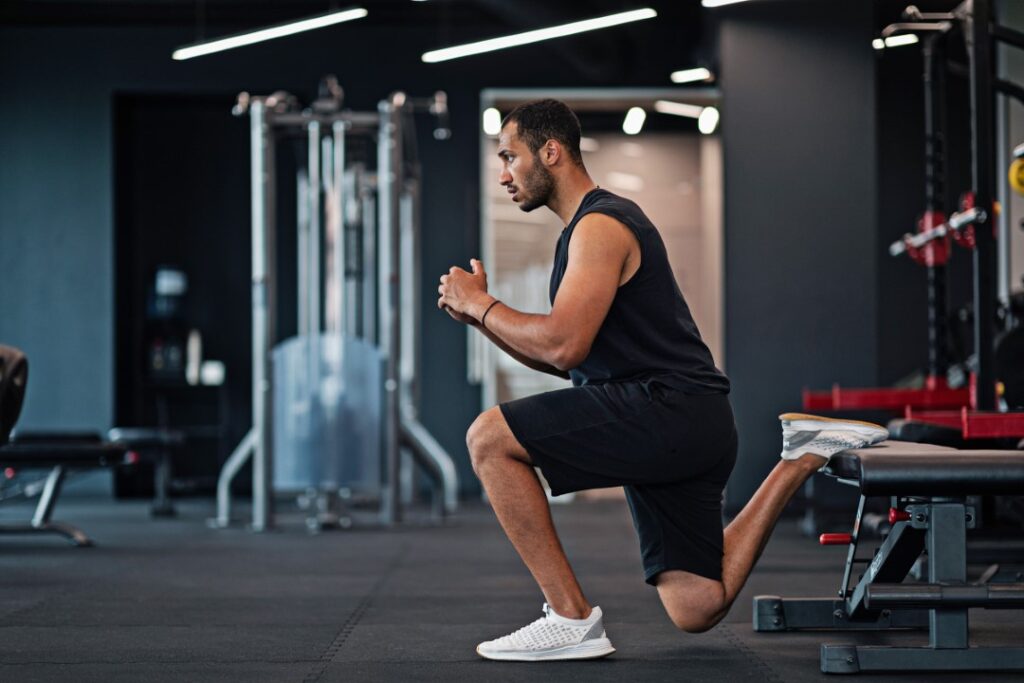
Therefore, here in this article, we have explained how to perform Bulgarian split squat with a perfect form so that you can get the maximum benefit out of it. Furthermore, benefits, variations and alternative exercises have also been listed with detailed information in this same article so read till the end to know all these info!
Also Read: 5 Benefits of Leg Day: This is Why You Should Never Skip Leg Day!
How to do Bulgarian Split Squat?!
Here’s a detailed step-by-step guide on how to perform the Bulgarian split squat with perfect form so that you can do it without getting unnecessarily injured. Let’s get started.
Step 1: Preparation
– Stand facing away from a bench, chair, or other stable platform.
– Position your feet shoulder-width apart.
– Place one foot about two to three feet in front of the bench with your toes pointing forward.
– Extend the other leg straight back, placing the top of your foot on the bench, with your toes pointing down.
– Engage your core and maintain an upright posture throughout the movement.
Step 2: Descending Phase
– Begin the movement by slowly bending your front knee, simultaneously lowering your back knee towards the ground.
– Keep your front knee in line with your toes and ensure that it does not go beyond your toes.
– Lower your back knee until it is a few inches above the ground, or until your front thigh is parallel to the ground. Aim for a 90-degree bend in your front knee.
– Maintain control and stability throughout the descent, avoiding any sudden movements or excessive leaning forward.
Step 3: Ascending Phase
– Push through your front heel, engaging your quadriceps and glutes, to raise your body back up.
– Extend your front knee and return to the starting position, keeping your movements controlled and deliberate.
– Maintain stability and balance throughout the ascent, ensuring that your front knee stays in line with your toes.
Step 4: Repetitions and Sets
– Perform the desired number of repetitions on one leg before switching to the other leg.
– Aim for 8-12 repetitions per leg to start, and gradually increase the weight of the plates or dumbbells (not the number of repetitions) as you become more comfortable with the exercise. But if you are doing it without any weight then you can increase the number of repetitions until you are strong enough to lift dumbbells or barbell.
– Complete 3-4 sets of Bulgarian split squats as part of your leg workout routine.
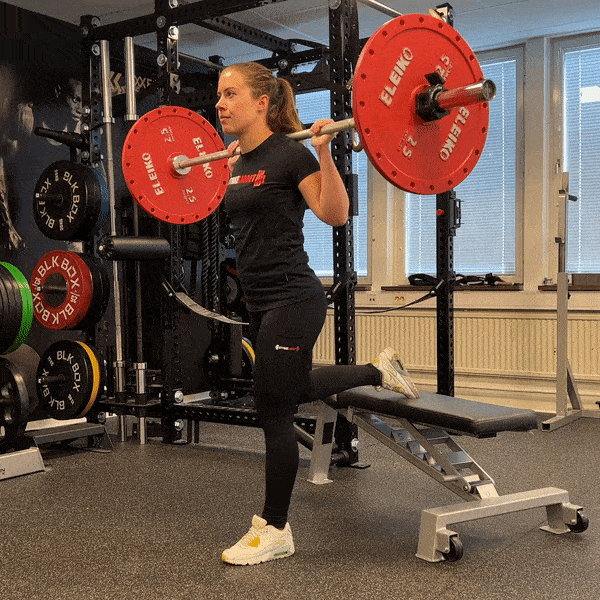
Tips to Master the Form!
– Keep your core engaged and your torso upright throughout the exercise to maintain proper form.
– Focus on maintaining balance and stability by distributing your weight evenly between your front and back legs.
– Do not rush the movement. Perform each repetition with control and precision.
– If you find it challenging to maintain balance, you can use a wall or other stable support for assistance until you become more comfortable with the exercise.
Remember to consult with a fitness professional before starting any new exercise, especially if you have any underlying health conditions or concerns.
Benefits of Bulgarian Split Squat
As we already discussed, the Bulgarian split squat is a highly effective exercise that targets several muscle groups in the lower body while also improving balance and stability. Here are the benefits of incorporating this excellent leg exercise into your workout routine.
Quadriceps Development
The Bulgarian split squat primarily targets the quadriceps muscles, including the rectus femoris, vastus lateralis, vastus medialis, and vastus intermedius. This exercise helps to strengthen and tone the front of your thighs, leading to improved lower body strength, muscularity and aesthetics.
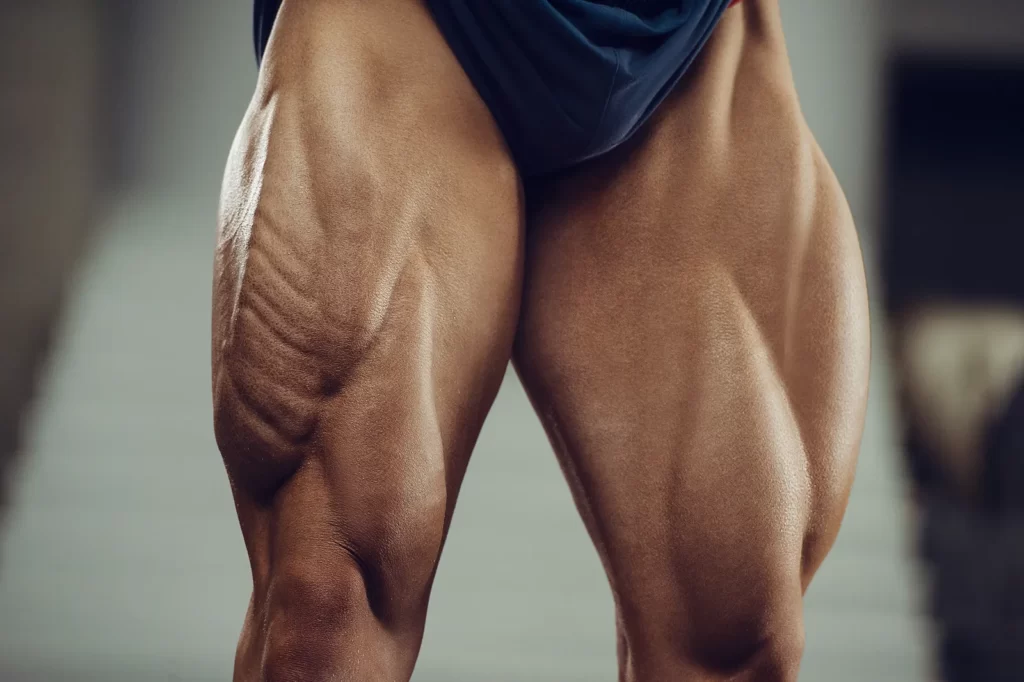
Also Read: Best Exercises for Quads [Big & Muscular Quads Guaranteed!]
Glute Activation
While the quadriceps are the primary movers in the Bulgarian split squat, the exercise also activates the gluteal muscles, particularly the gluteus maximus. Engaging the glutes helps to improve overall lower body strength, stability, and power.
Don’t Miss: 5 Best Exercises for Glutes ever for Strong & Muscular Glutes!
Hamstring Engagement
The hamstrings, located at the back of the thighs, are also engaged during the Bulgarian split squat. They act as stabilizers and synergists, assisting in the movement and contributing to overall lower body strength development.
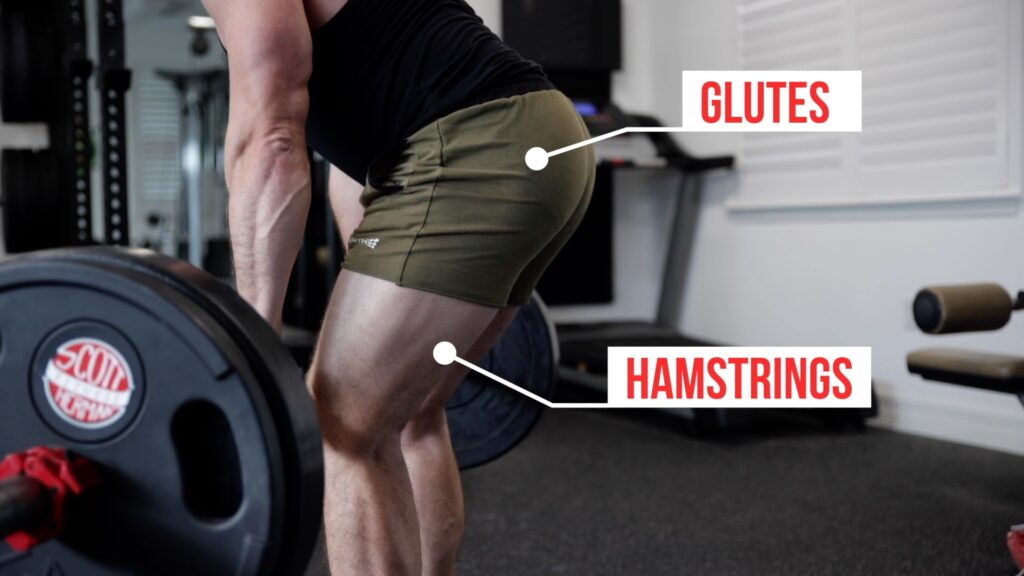
Recommended: 5 Best Exercises for The Hamstrings You Shouldn’t Miss!
Core Stability & Balance
Performing the Bulgarian split squat requires a significant amount of core stability and balance. This exercise activates the muscles of the core, including the abdominals, obliques, and lower back, as they work to maintain an upright posture and stabilize the body throughout the movement.
Single-leg Strength & Stability
The Bulgarian split squat is a unilateral exercise, meaning it is performed one leg at a time. This helps to address any strength imbalances between the legs and enhances stability and control. It also mimics the demands of many real-life activities that require single-leg strength and stability, such as running, jumping, and changing directions.
Hip Mobility & Flexibility
As you perform the Bulgarian split squat, you work through a deep range of motion in the hips. This movement helps to improve hip mobility and flexibility, which can be beneficial for activities that require a wide range of hip motion, such as squatting, lunging, and sports performance.
Improved Coordination
Balancing on one leg while performing the Bulgarian split squat challenges your coordination and proprioception (awareness of your body in space). This exercise can help enhance your overall coordination and body control, which can carry over to other activities and sports.
Time-efficient & Versatile
The Bulgarian split squat is a compound exercise that targets multiple muscle groups simultaneously. It allows you to work your lower body effectively and efficiently with just one exercise. Furthermore, the exercise can be modified by using various equipment such as dumbbells, kettlebells, or a barbell, allowing for progressive overload and customization to your fitness level.
Variations of Bulgarian Split Squat
There are several variations of the Bulgarian split squat that you can add into your workout routine to increase variety and target different muscle groups. Here are some notable variations to try out and include.
Elevated Bulgarian Split Squat
This variation involves elevating the front foot on a platform or step. By increasing the range of motion, it places greater emphasis on the front leg muscles, particularly the quadriceps and glutes.
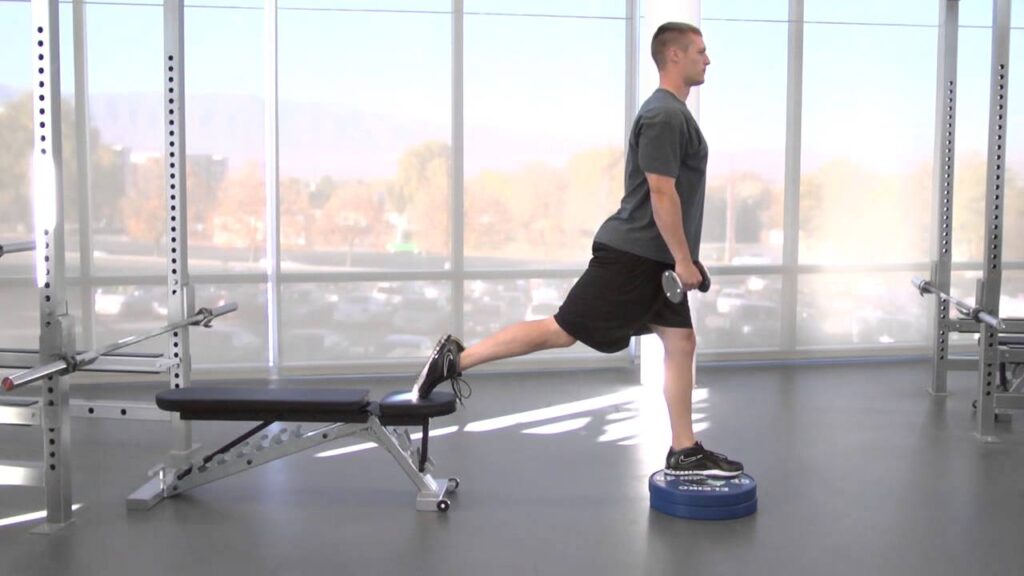
You can use a step, aerobic platform, or weight plates to elevate your front foot. The setup and execution of the elevated Bulgarian split squat are similar to the standard version.
Bulgarian Split Squat with Dumbbells
Using dumbbells to the Bulgarian split squat increases the resistance and challenges your muscles further if you normally perform it without any weight. Hold a dumbbell in each hand, allowing your arms to hang by your sides throughout the exercise.
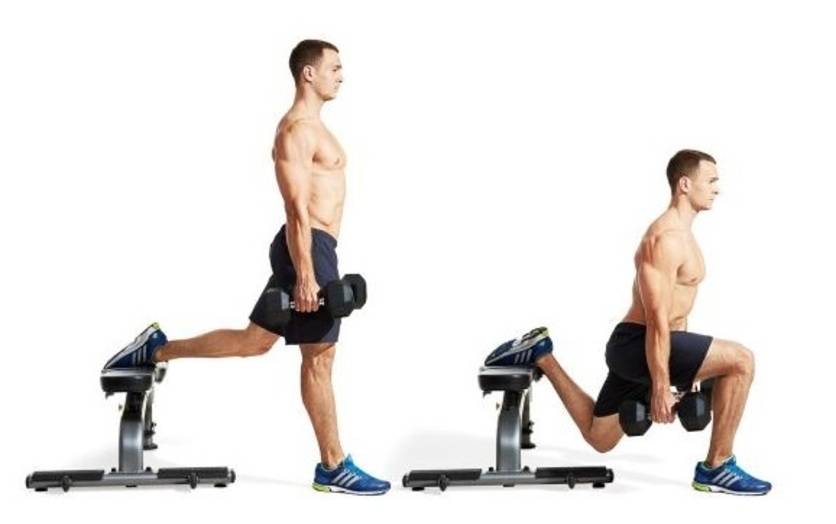
This variation helps develop upper body stability and grip strength in addition to all the lower body benefits. After practising without any weight, it’s advisable to use dumbbells for greater resistance and strength then the barbell.
Bulgarian Split Squat with Barbell
Using a barbell for the Bulgarian split squat allows for even greater resistance and is often used for advanced strength training. Hold the barbell across your upper back, with your hands gripping the bar wider than shoulder-width apart.
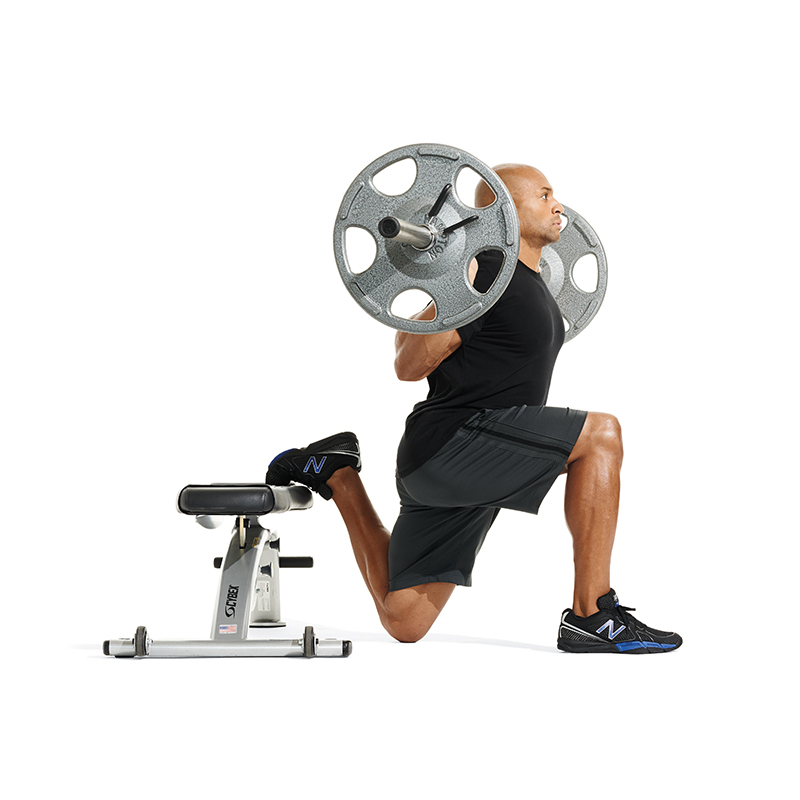
This variation requires good upper body strength, stability, and core engagement. This is the one which you need to master if you want otherworldly strength and muscularity in your lower body!
Bulgarian Split Squat with Kettlebells
Instead of dumbbells, you can hold kettlebells in the goblet position for variety. Hold a kettlebell with both hands, vertically against your chest, with your elbows pointing down.
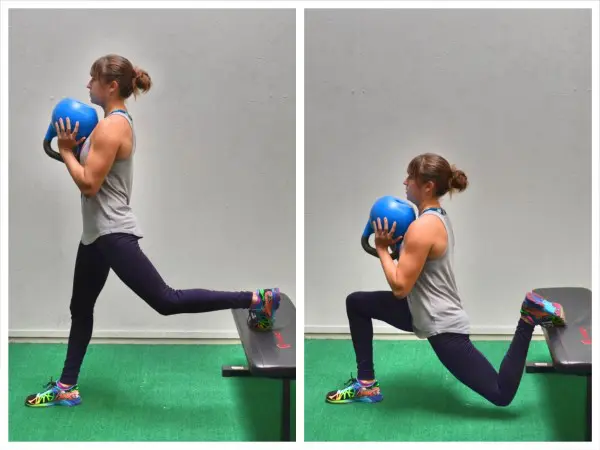
This variation helps to improve grip strength, core stability, and upper body engagement. Even though, this looks cool to perform, it is not better than using dumbbells by any means. You can do it if you want to add variety and make your workout interesting.
Bulgarian Split Squat Jumps
This plyometric variation adds an explosive element to the exercise, increasing power and athleticism. Begin in the standard Bulgarian split squat position and explode upward, switching the position of your legs mid-air. Land softly and with control, returning to the starting position.
Bulgarian split squat jumps enhance lower body power, coordination, and cardiovascular endurance. This variation is mainly an endurance and cardiovascular exercise that helps to develop your muscular endurance so if you are not into endurance training, you don’t need to try this.
Bulgarian Split Squat with Rear-Foot Elevated (RFE) TRX Straps
Using TRX suspension straps, attach them to a stable anchor point above you and place your rear foot in the straps. The straps add instability, requiring greater activation of stabilizer muscles throughout the exercise.
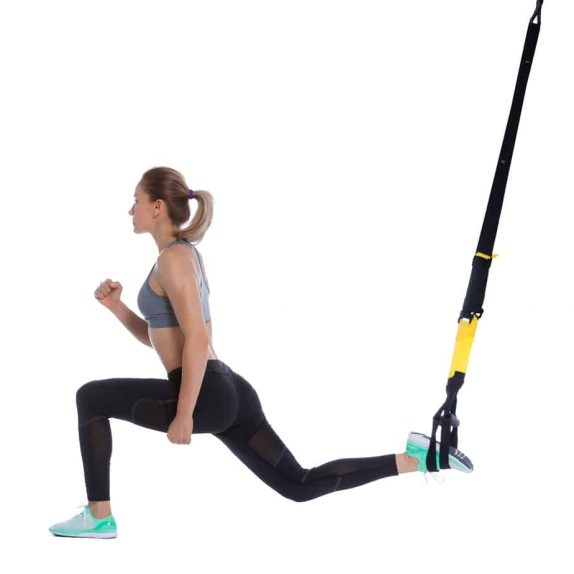
This variation further challenges core stability, balance, and overall body control. If you want to build great stability in your lower body then you should try this! It’s truly an exercise made for gymnasts.
Bulgarian Split Squat with Resistance Bands
Secure a resistance band around your shoulders or across your hips, anchoring the other end to a sturdy structure or using a partner for resistance. The band provides continuous tension, increasing the difficulty of the exercise throughout the range of motion.
This variation adds an additional challenge to the muscles, particularly during the concentric (upward) phase of the movement. It provides the muscles more time under tension than any other variations so you can’t just ignore its effectiveness. Try and get almost as good benefits as with barbell version of this exercise!\
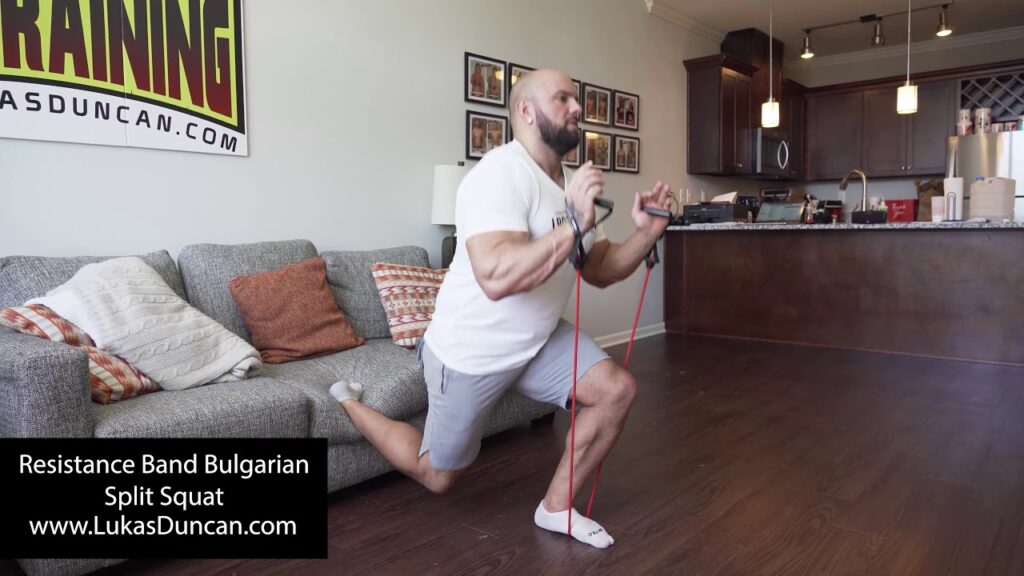
When incorporating these variations, it’s important to maintain proper form and gradually progress in difficulty and resistance according to your fitness level. Choose the variations that align with your goals and the equipment available to you.
Bulgarian Split Squat Alternative
If you’re looking for alternatives to the Bulgarian split squat (which you shouldn’t considering how good this exercise is!) here are some exercises that target similar muscle groups and offer similar benefits. Remember, just like Bulgarian split squat, you need to master the form first without weight then you can go for dumbbells or barbell version of these exercises.
Don’t Miss: 10 Best Compound Exercises For Gaining Muscle & Strength!
Reverse Lunges
Stand tall with your feet hip-width apart. Step back with one foot, lowering your body until both knees are at 90-degree angles. Push through the front heel to return to the starting position. Reverse lunges engage the quadriceps, hamstrings, and glutes while also challenging balance and stability.
Walking Lunges
Start by standing tall with your feet hip-width apart. Take a large step forward with your right foot and lower your body until both knees are at 90-degree angles. Push off with your back foot, bringing it forward and repeating the movement with the left foot. Walking lunges engage the lower body muscles, including the quadriceps, hamstrings, and glutes, while also incorporating a dynamic element of movement.
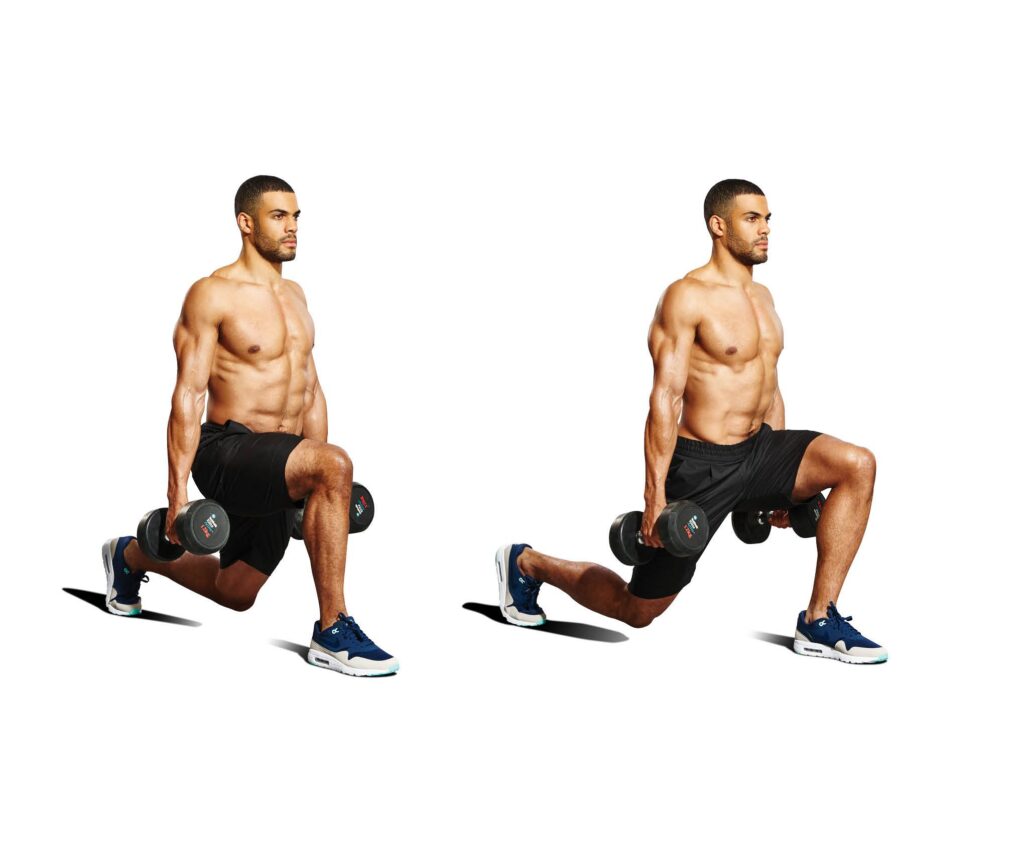
Step-Ups
Find a sturdy platform or bench at knee height. Step onto the platform with your right foot, pushing through the heel to lift your body up onto the platform. Step back down with your left foot. Repeat the movement, alternating legs. Step-ups primarily target the quadriceps, glutes, and hamstrings, while also challenging balance and stability.
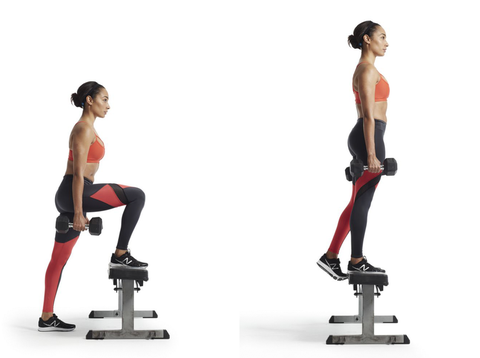
Split Squats
Similar to Bulgarian split squats, split squats are performed by taking a split stance, with one foot forward and the other foot behind. Lower your body down, keeping the front knee tracking over the toes and the back knee hovering above the ground. Push through the front foot to return to the starting position. Split squats effectively engage the quadriceps, glutes, and hamstrings, providing a similar workout to the Bulgarian one.
Pistol Squats
Pistol squats are an advanced single-leg squat variation that targets the quadriceps, hamstrings, and glutes. Stand on one leg, extending the other leg forward. Squat down on the standing leg, keeping the extended leg straight and parallel to the ground. Push through the heel to return to the starting position.
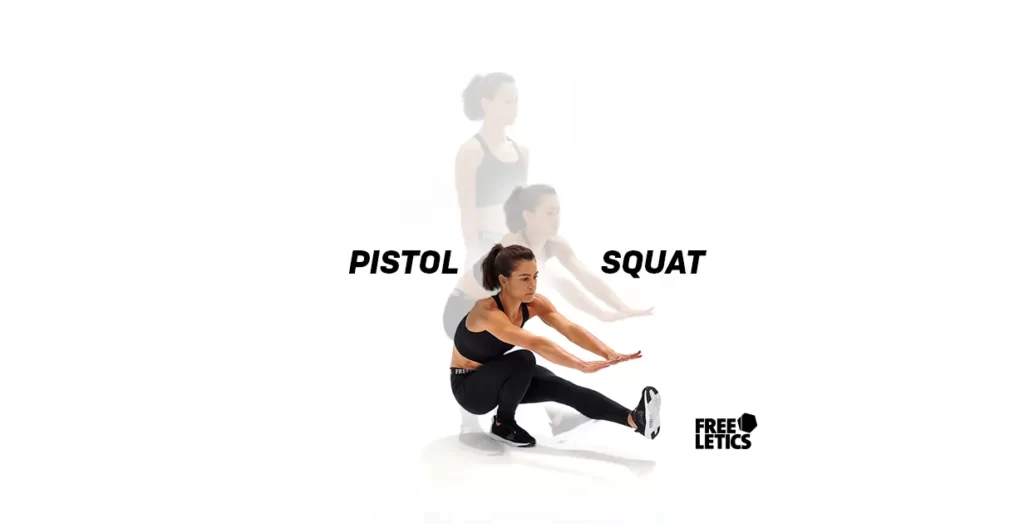
Pistol squats require excellent balance, stability, and lower body strength. In short, it’s literally one-legged squat. If you don’t have amazing strength in your lower body, you shouldn’t try this rather focus on other alternative exercises then you can try it after gathering more strength that this exercise demands!
Therefore, always keep in mind to choose exercises that suit your fitness level, goals, and available equipment. It’s always beneficial to consult with a fitness professional to ensure proper form and technique when performing new exercises. Hope, we have explained to you everything about this great compound exercise for lower body called Bulgarian split squat. If you really have found it helpful, don’t hesitate to express your valuable thoughts in the comment section below. Thanks for visiting and appreciating our work.
